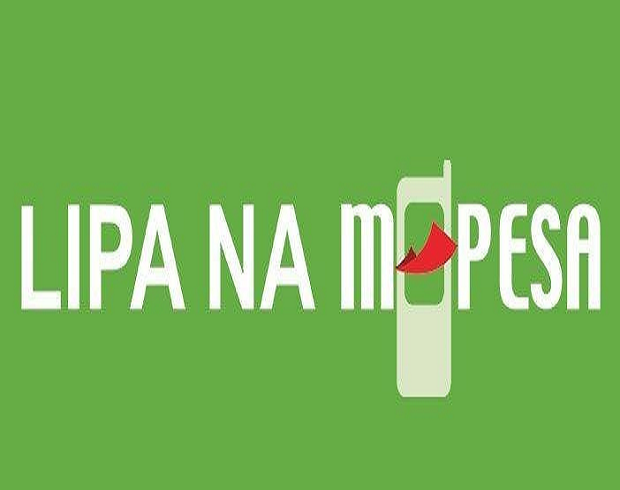[vc_row][vc_column width=”2/3″][vc_column_text]I had an interesting lunch with a Tweep the other day, an indefatigable mobile Wikipedia on technology trends both locally and globally. Our conversation turned to open data and how it can be applied in the banking industry. I have to admit I had heard of the term open data but never really paid any attention to its potentially game changing application in the financial industry. “If Kenyan banks converted their records into open data, it would lead to greater financial innovation and a better product experience for customers,” said the tech pundit. I put on my fairly ignorant and thoroughly obtuse nitpicking hat on. “Banks cannot share such sensitive data, there’s customer confidentiality to be maintained and quite frankly, such information is a key intangible asset that the bank has,” I retorted. He proved to be quite unflappable and converted my healthy skepticism into acquiescence with just one question: who said that the data provided should be given with the client name?
I was an immediate convert. If banks openly shared customer data to fintech providers, the third party would have a treasure trove of information on customer spending habits, borrowing tendencies, repayment history, saving culture and basically the whole kit and caboodle of a client’s behavior. According to the Central Bank of Kenya’s latest annual banking supervision report, for the year ending December 2015, there were about 34.6 million banking accounts in Kenya and these numbers include mobile banking accounts of the Mshwari and KCB M-pesa extraction. That is 34.6 million data sets that can clearly demonstrate spending, borrowing and savings behavior within a certain age, gender, regional demographicor business segment, which can lead to finer product targeting and pricing.
The United Kingdom (UK) is a trailblazer in this area and in January 2015, Her Majesty’s Treasury launched a “call to evidence” asking stakeholders in the financial industry on how best to deliver an open standard for application programming interfaces (APIs) in UK banking and to ask whether more open data in banking could benefit consumers.
Application programming interfaces, or APIs, allow two pieces of software to interact with each other. In banking, APIs can be used to enable financial technology (fintech) firms to make use of customers’ bank data on their behalf and with their permission in innovative and helpful ways. For instance mpesa payment platforms for businesses make use of APIs supported by Safaricom.
The aim was to produce an open API standard for UK banks to drive more competition in banking and help the UK remain at the forefront of financial technology. The report was published less than 3 short months later in March 2015.
In summary the responses from the forty respondents who included a number of banks, fintechs, the Law Society of Scotland, the Association of Accounting Technicians and the British Banking Association raised concerns around privacy of customer data and fraudulent use of that data. The need for appropriate security and vetting systems for third party providers was a key concern. The respondents did note that open data in banking would enable customers make more informed decisions on which banking products to purchase and who to bank with. An Open Banking Working Group, bringing together key stakeholders such as banks, fintechs, consumer bodies and government, was then created and an Open Banking Standard (OBS) was produced. The OBS is a guide for how banking data should be created, shared and used.The group recommended that an independent authority should be established to ensure standards and obligations between participants are upheld. The authority would govern how data is secured once shared and the security, usability, reliability and scalability of APIs. It would also vet third parties, accredit solutions and maintain a whitelist of approved firms. The UK is cautiously but steadily moving towards this standard, with the key premise being that customers will have to consent to their data being shared.
Back in the +254, we have already established ourselves as early adopters in the fintech space with the amazing innovations that have been generated by the mpesa phenomena. Moving towards open data may perhaps be the key that will unlock the risk based customer loan pricing that the interest rate capping has miserably failed to deliver. It would also provide much needed customer portability on banking services generated by product pricing sense rather than brand affinity.
[email protected]: @carolmusyoka[/vc_column_text][/vc_column][vc_column width=”1/3″][/vc_column][/vc_row]

 carolmusyoka consultancy
carolmusyoka consultancy
 @carolmusyoka
@carolmusyoka

